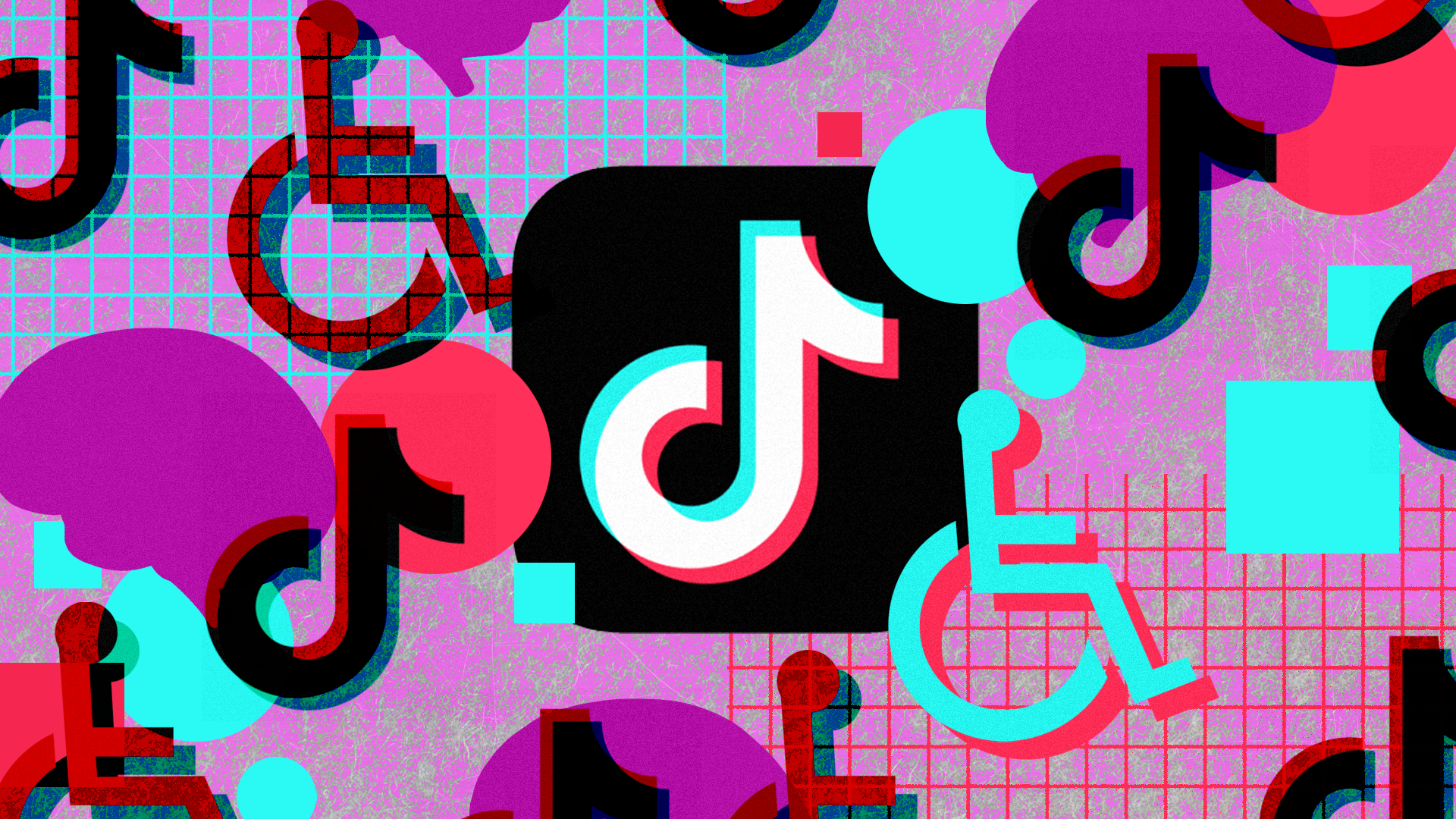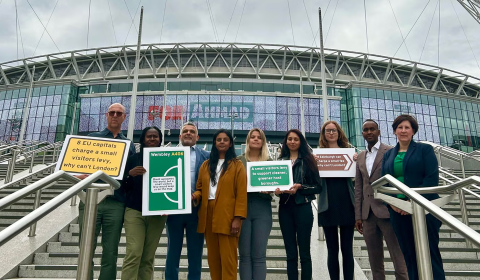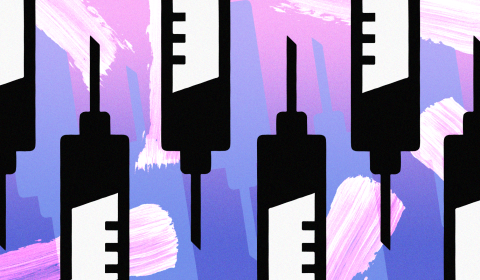How ableism persists socially
At London’s Ted event, activist and entrepreneur Shani Dhanda told the audience about her dreams to complete a university degree, have a successful career, and live independently despite her disability.
When the time came to search for a job, she listed her genetic condition – which stunted her growth from a young age – on her CV.
After multiple rejections from employers, Shani made the decision to remove this one detail. Not long after, she began getting numerous calls to attend interviews.
Today, Shani is an esteemed events manager and talent agent. Her ability to problem solve rapidly is a skill she says she mastered from living with her disability.
This anecdote directly illuminates the predispositions held by able-bodied people about disabilities of any kind, especially when it comes to the workplace.
Instead of focusing on the workplace modifications required for someone who is disabled, it’s time we start highlighting the benefits of disabilities or conditions, which arm those who have them with unique perspectives, skills, and know-hows.
Many of which able-bodied people would rarely consider, simply because they don’t have to.
https://www.tiktok.com/@wilsonxcassie/video/6867568831087283462?referer_url=https%3A%2F%2Fthemighty.com%2F&referer_video_id=6867568831087283462&refer=embed
How design perpetuates ableism
Beyond the world’s perceptions of the disabled community, infrastructure and architecture is primarily designed without the needs of disabled people in mind.
This makes navigating the world and completing simple, everyday tasks – which many people living with disabilities are fully capable of carrying out alone, when given the right designs – virtually impossible.
You may immediately think of things like places that lack wheelchair access, high countertops and shelving units, or larger appliances such as fridges and sinks.
But what about the height of ballot boxes at voting stations around the world? How about attending university without transcription technologies or someone who knows sign language translating for deaf students on Zoom calls?
These are moments where consulting the disabled community would be important to serve the needs of all people. They are just a few of the instances being brought to light by users on TikTok.
Unfortunately, the Chinese platform – which is known for its shifty moderation policies – has been removing the content of disabled users who post with the intention of educating people about various kinds of disability.
Users discussing autism and Tourette’s have had their accounts banned, with many speculating that the marketability of this content doesn’t line up with TikTok’s algorithms or choosy censorship regulations.
On that note, something that stuck with me from the Ted x London Women Talk was that most people ignore the need for designs suited to disabled community – but nobody can 100 percent guarantee that they won’t one day rely on them.
Today, there remain a large number of disabled TikTok users working to push the world out of ableist thinking. And who better to educate us than those who have experienced this first-hand?
To learn more from this content, visit the #ableism page on TikTok by clicking here.




















